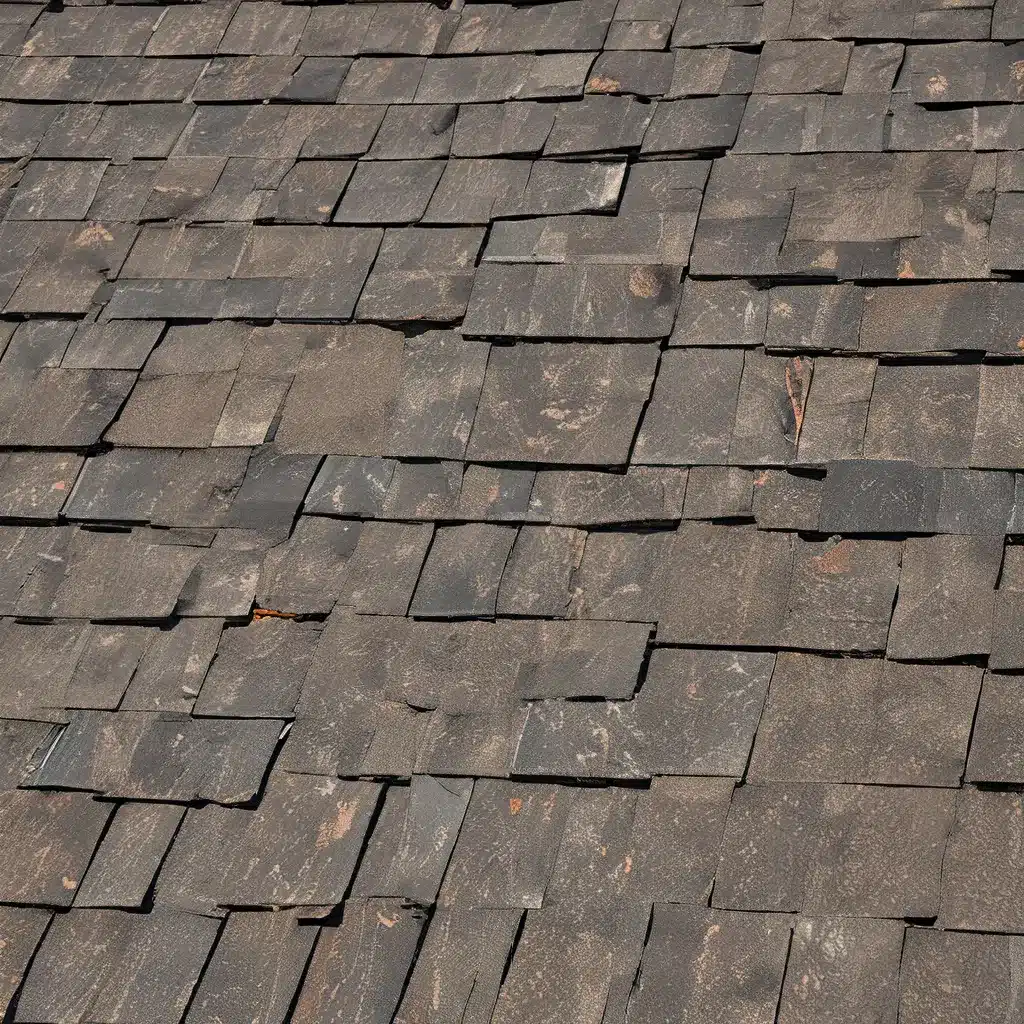
As a new homeowner, the idea of tackling a major home improvement project like roof replacement can feel daunting. After all, a new roof isn’t exactly a small investment – the average cost ranges from $5,500 to $11,000, with the national average around $8,000. But the good news is, there are several affordable financing options available to help spread out this expense and make it more manageable.
Tapping Into Home Equity: HELOCs and Home Equity Loans
One of the most popular ways to finance a roof replacement is by using the equity in your home. Home equity loans and home equity lines of credit (HELOCs) allow you to borrow against the difference between your home’s value and your outstanding mortgage balance.
According to LendEDU, lenders may fund up to 85% of your available home equity. So if your home is worth $300,000 and you owe $200,000 on your mortgage, you could potentially borrow up to $85,000 (85% of your $100,000 equity).
The great thing about home equity financing is that it often comes with lower interest rates than other loan options, like personal loans or credit cards. Plus, the interest you pay may even be tax-deductible if you use the funds for home improvements.
However, our expert recommends being cautious with home equity financing, especially if you’re not confident in your job or income stream. Erin Kinkade, a certified financial planner, advises that “if the homeowner has the minimum amount of equity and the housing market makes a correction, this could place them in a precarious situation of owing more on their home than its worth.” In that case, a personal loan may be the safer option.
Personal Loans: Fast Funding and Flexible Terms
If you don’t have a lot of home equity or want to avoid the potential risks, personal loans can be an excellent alternative for financing a new roof. These unsecured loans typically have faster approval and funding times than home equity products, often as quick as the same day.
According to Forbes Advisor, personal loan amounts can range from $5,000 to $100,000, with APRs between 8.99% and 29.99%. The minimum credit score required is usually around 650, though some lenders like Upgrade and SoFi may be willing to work with borrowers in the 580-669 credit score range.
One of the standout features of personal loans is their flexible repayment terms, which can range from 12 months to 20 years. This allows you to choose a monthly payment that fits your budget, whether you want to pay it off quickly or spread it out over a longer period.
Roofing Company Financing: Convenience, but Proceed with Caution
Many roofing contractors and companies also offer in-house financing options to help homeowners cover the cost of a new roof. This can be a convenient solution, as you’re able to work directly with the contractor and potentially take advantage of promotional offers like 0% interest for a limited time.
However, LendEDU cautions that you should “be wary of deals that sound too good to be true.” These arrangements may come with high interest rates, fees, or balloon payments that end up costing you more in the long run. It’s always a good idea to shop around and compare offers from different lenders to ensure you’re getting the most affordable option.
Other Financing Alternatives
If the above options don’t quite fit your needs, there are a few other alternative financing strategies to consider:
Credit Cards with 0% Introductory Rates: If you have good credit, you may be able to qualify for a credit card with a 0% APR introductory offer. This can be a great way to finance your roof replacement, as long as you’re confident you can pay off the balance before the promotional period ends.
FHA Title I Home and Property Improvement Loans: These loans, insured by the federal government, can provide fixed interest rates and extended repayment terms for essential home repairs like a new roof. You’ll need to work with a private lender approved to handle FHA loans, but it could be a more affordable option than other financing methods.
Homeowner’s Insurance Coverage: If the damage to your roof is the result of a covered event, such as a storm or fire, your homeowner’s insurance policy may cover some or all of the replacement costs. Be sure to check with your provider and file a claim if eligible.
Crunching the Numbers: Understanding the True Cost of Financing
No matter which financing route you choose, it’s important to understand the true cost of the loan and how it will impact your overall budget. LendEDU provides a helpful example: If the total cost of your roof replacement is $10,000 and you choose a 36-month personal loan with a 15% interest rate, your monthly payments would be $347, and the total cost of the loan would be $12,480 – that’s an additional $2,480 you’d be paying in interest.
When deciding how to finance your new roof, it’s crucial to weigh the pros and cons of each option, considering factors like interest rates, repayment terms, and the impact on your immediate and long-term financial situation. And don’t forget to take advantage of any potential tax deductions or other cost-saving opportunities that may be available to you.
Remember, your local roofing company can also be a great resource for understanding the costs and exploring your financing options. They may even be able to provide recommendations or connect you with trusted lending partners.
The prospect of a major home improvement project like roof replacement can be daunting, but with the right financing strategy, you can make it happen without breaking the bank. By exploring the various options and doing your research, you can find the most affordable solution that fits your unique financial situation and needs.